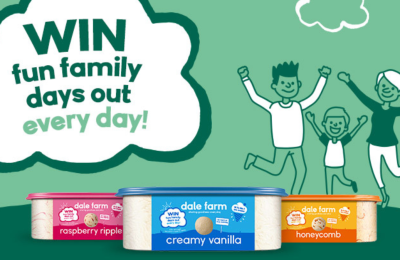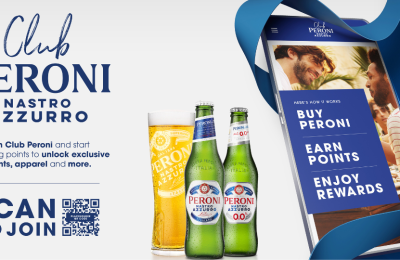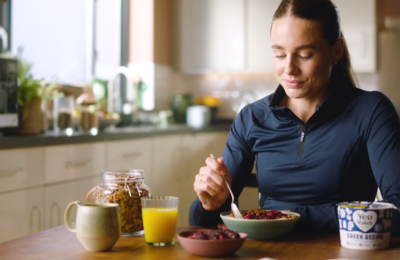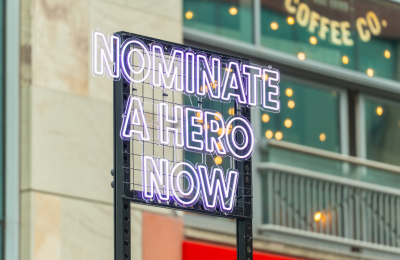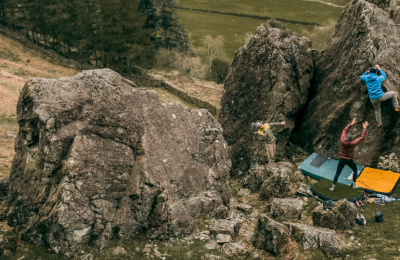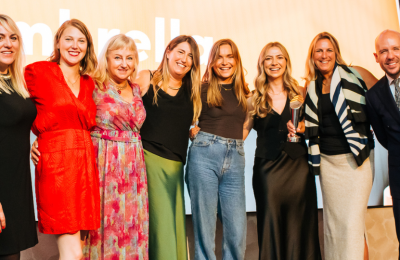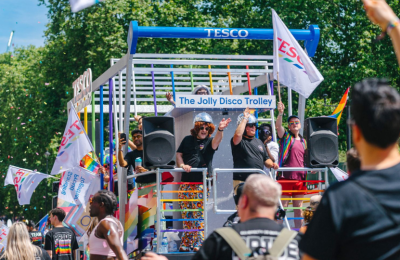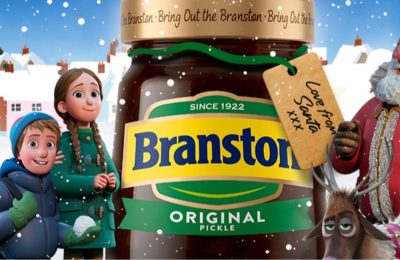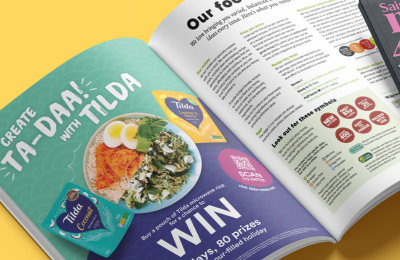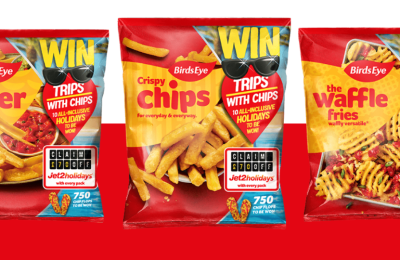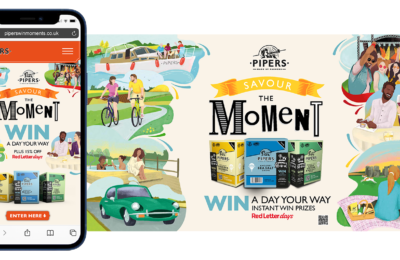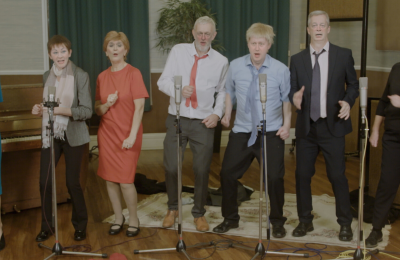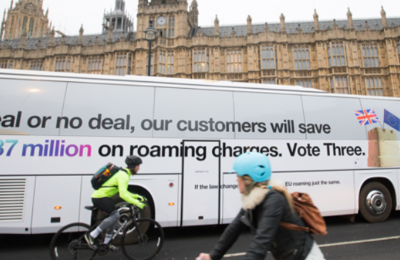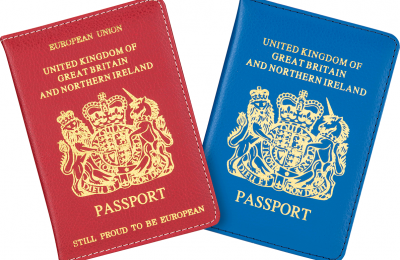Chris Wilson, Head of Partnerships at Ingenuity shares why brands must start thinking about how to engage audiences through partnerships
The traditional media ecosystem is rapidly evolving. As new entrants swoop in, the distinction between brand, agency and rights holder is increasingly blurred. The role of content, who produces it and where it goes is currently the focus of marketing innovation. New players like Tastemade, Jungle Creations and Brave Bison are working as the creator, the channel and the audience. It’s an all-encompassing approach that is redefining the evolution of content marketing.
‘’Multi-Channel Networks (‘MCNs’ or ‘networks’) are third-party service providers that affiliate with multiple YouTube channels to offer services that may include audience development, content programming, creator collaborations, digital rights management, monetisation and/or sales.’’
MCNs are pushing suppliers to revisit how they promote themselves. Naturally, this has caused vendors to alter their propositions and answer a question that no one has phrased right; until, now.
“Is the media buy dead?”
This notion throws into question the very essence of content production itself. After all, we’ve recently seen an increase in the number of traditional media brands acting like agencies (like Hearst’s Content production arm). These disruptors are creating content for other brand clients and becoming more consultative in their approach. By offering a full suite of services, these newcomers are embarrassing the traditional multiparty marketing budget breakup.
What is co-marketing partnership?
Co-marketing is the strategic alliance of brands using pooled resources to drive new and improved experiences for customers. It offers unique opportunities to access another brand’s suite of assets, building highly targeted brand messaging to consumer audiences. Moreover, it drives engagement and relationships that build brand affinity, loyalty and trust. Co-marketing addresses key marketing challenges such as changing perceptions, engaging with new audiences, generating more sales for a product range or, more broadly, influencing consumer behaviour.
Co-branded content can be generated in many forms, from co-written thought piece and podcasts to video via social media channels such as YouTube, Instagram and online media platforms.
Why is it so relevant?
Co-branded content generates opportunities for brands to promote themselves in an alternative way. Imagine you’re a brand manager working for a finance product, and you have a low interest brand that isn’t front of mind until point of need. Customers are increasingly disloyal, and with multiple new entrants every year pressuring your acquisition and retention strategy, it can be hard to engage and attract consumers.
Enter brand partnerships. If you can build a strategy to target consumers using other brands assets via a partnership model, you will not only win, but you’ll create meaningful and memorable marketing messages that stick when that point of consideration arrives (contract renewal, new job, etc.)
What are the benefits to the consumer, the brand and the media owner?
- Value add and differentiation
- Access to new audiences
- Better integrated communication
- Positioning
- Reduction of cost per acquisition
- Endorsement opportunities
- Shared advertising costs
- Enhances awareness
Consumer demand for content
Consumers are now in the driving seat when it comes to what they want to see from their favourite brands. They dictate when they want it, how they want to consume it and on what channel.
Consumers are prepared to reward brands with their attention, interest, and loyalty – provided that branded content lives up to expectations. This creates an opportunity for brands to act more like producers of content, targeting consumers using partnerships and creative content that stimulates their need to digest and engage.
Who is doing it successfully?
We’re lucky enough to have first-hand experience working with a number of innovators leading the way, including Beano Studios, who develop ‘kid-first content’ for brands under their Beano for Brands proposition. The brands’ recent work with the Football Association delivers a great message with high quality. It solves the challenge of engaging parents and children to get involved with Britain’s most loved sport.
LEGO and Stranger Things is another partnership that is catching the attention of consumers. The deal offers the fans of Stranger Things the chance to build and play with the world’s most famous toy business, LEGO, offering consumers a unique opportunity to have access to their favourite show’s merchandise. The well-regarded show has a strong fan culture and capitalises on the demand from audiences to own more products associated with their favourite show. The campaign has a product focus but unwraps a suite of assets for both brands to promote the deal across digital and in-store. Ultimately, it sells more product, whilst simultaneously bringing fans of the TV phenomenon back to the LEGO experience.
So, how do I get my brand involved?
First, you need to analyse what you want from a partner. Is it their assets or their audience?
Start with the partnership concept and then find the right partner. Build a targeting and messaging strategy; this will ensure you approach the right brands with the right kind of partnerships proposal.
Think about neutral added value. The market is littered with partnership opportunities, some good, some bad. You need to make your offer attractive and beneficial to everyone you approach.

